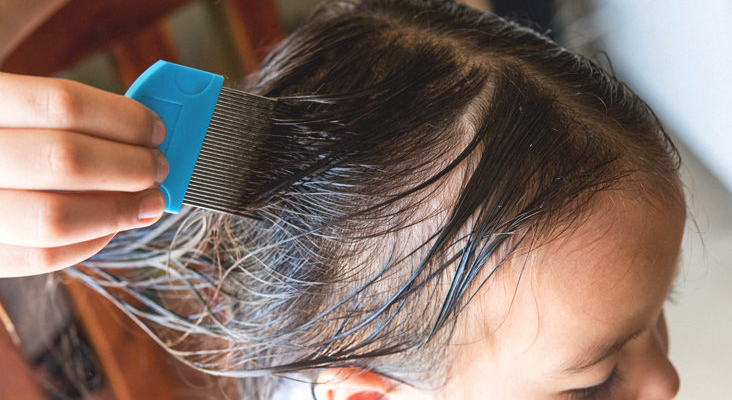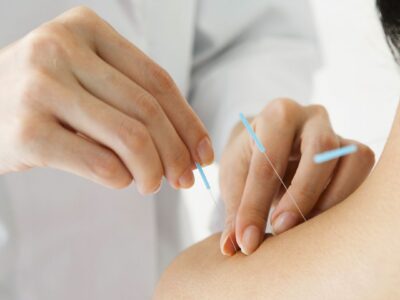What is head lice?
Have you ever felt very itchy around your scalp? Have you always tried to scratch your head most of the time? If so, you might encounter a problematic insect called head lice. Head lice (kutu rambut) is a tiny insect that can be found on a human’s scalp. They live there and feed on blood from the human scalp. They are very troublesome because they can interfere with our daily activities. Head lice invasion is not a sign of poor hygiene or dirty environment. So, do not worry if you are infected by head lice. They can be removed and require some treatments. Besides, some people also choose to use home remedies in solving this issue. However, there is no concrete evidence to support the use of these treatments for now.
What causes head lice?
Head lice invasion is mainly caused by direct contact. This is the reason why most of the victims are the children. They often like to play with other children and direct contact is almost unavoidable at their age. When someone becomes too close to the other person, there is a chance that head lice can be transferred to that person’s head. Head lice cannot jump, they can only crawl to the other person’s scalp and invade it. The female louse can produce up to 8 eggs per day. These eggs will attach to the hair shaft and will produce more head lice in the future. The head lice will go through three cycles, known as eggs, nymphs and adult lice. The eggs will hatch in 6 to 9 days to produce nymphs. Nymphs, in return, will mature into adult lice in 9 to 12 days. One adult lice usually can live from 3 to 4 weeks and they will feed on the blood from the human’s scalp as long as they live there. This is why the head lice invasion is pretty troublesome. They can reproduce a huge number of eggs in just a short amount of time.
Is head lice contagious?
To make matters worse, head lice is indeed contagious. It can be transferred from a person’s scalp to another scalp. As mentioned above, this is possible through direct contact. It is usually transferred within family members or to other friends that our child meets at school. Indirect transmission can also happen. However, it is normally uncommon for that to occur. Indirect transmission usually happens when someone with head lice shares their items. Sharing of hats, scarfs, headphone, brushes, combs, pillows, towels, hair accessories and upholstery are usually the main reason why head lice become contagious. It can also be transferred when items are stored together, making it easy for the head lice to travel from one item to another. But, note that household pets such as cats and dogs are generally not the culprit here.
How to prevent head lice?
Generally, preventing head lice invasion is pretty hard. This is true especially when we are talking about children. They spend most of their time at school, making it possible for any chance of head lice’s direct transmission. However, you can take a precautionary step by advising your children. You can tell them to avoid sharing items that are unnecessary. If you think that your children have head lice, make sure to meet your doctor as quickly as possible to avoid any future problem. Head lice invasion can cause extreme itchiness, which, in turn can cause bleeding and infection. Hence, it is a good idea to meet your doctor and follow their instructions to help fight the invasion.








Comments